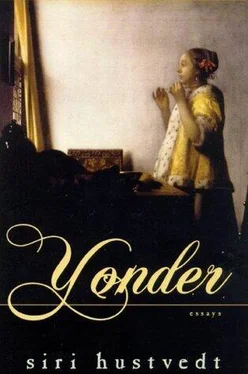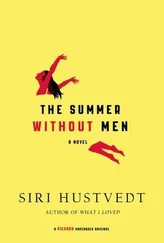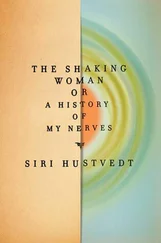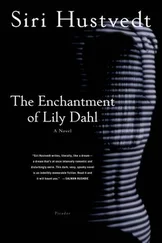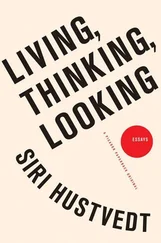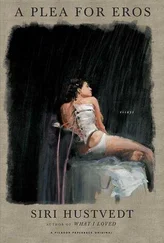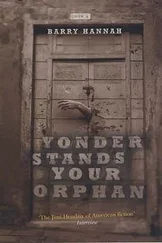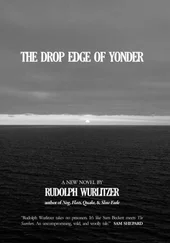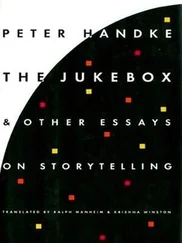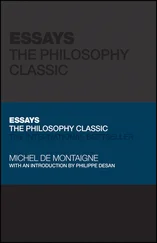He was born in a log house in 1922, not far from Cannon Falls, Minnesota. That house burned and the family moved close by, to the house where my grandparents lived throughout my childhood. That house never had plumbing, but there was a pump in the front yard. My sisters and I loved that rusty pump. I remember being so small I had to reach for the handle and then, using both hands and all my weight, I would pull down several times and wait for the gush of water. My father remembers a world of barn raisings, quilting bees, traveling peddlers, square dances, and sleighs pulled by horses. He attended a one-room schoolhouse, all grades together, and he was confirmed in Norwegian at Urland Church — a white wooden church with a steeple that stands at the top of a hill. For me, that church is a sign of proximity. When we reached the church in the family car, it meant we could spot my grandparents’ house. The church was the last landmark in a series of landmarks, to which my sisters and I gave such inventive names as “the big hill.” Every landmark was accompanied by an equally inventive song: “We are going down the big hill. We are going down the big hill.” My parents were subjected to this for years. The trip was about seventeen miles and took about half an hour on the small roads. My sisters and I, like most children, were creatures of repetition and ritual. Places revisited were given a sacred and enchanted quality. I use those words carefully, because there was something liturgical about going over the same ground so many times. The products of both Lutheran Sunday school and fairy tales, we infused the places where we grew up with what we knew best.
Despite the fact that my parents shared a language, the worlds in which each of them grew up were very different. The Norwegian American immigrant communities formed in the Midwest in the nineteenth century and the country left behind were separated not only by miles but by culture. Those “little Norways” developed very differently from the motherland, even linguistically. The dialects people brought with them took another course on the prairie. English words with no Norwegian equivalents were brought into spoken Norwegian and given gender. Norwegians who visited relations who had lived in America for several generations were surprised by their antiquated diction and grammar. The legacy of homesteading, of primitive life on the prairie, along with the real distance from the country of origin, kept the nineteenth century alive longer in America than in many parts of Norway.
My grandparents’ small farm, reduced to twenty acres in my lifetime, was our playground, but even as a child I sensed the weight of the past, not only on that property, which was no longer farmed, but in the community as a whole. I lived to see it vanish. The old people are dead. Many of the little farms have been sold and bought up by agribusinesses, and when you walk into a store or visit a neighbor, people don’t speak Norwegian anymore. When my grandmother died, at ninety-eight, my father spoke at her funeral. He called her “the last pioneer.” My father shuns all forms of cliché and false sentiment. He meant it. She was among the very last of the people who remembered life on the prairie. My paternal grandmother, a feisty, outspoken, not entirely rational woman, especially when it came to politics, banks, and social issues, could tell a good story. She had a swift and lean approach to narrative that nevertheless included the apt, particular detail. I often wish now I had recorded these stories on tape. When she was six years old, Matilda Underdahl lost her mother. The story, which became myth in our family, is this: When the local pastor told Tilly her mother’s death was “God’s will,” she stamped her foot and screamed, “No, it’s not!” My grandmother retained a suspicion of religious pieties all her life. She remembered the polio epidemic that killed many people she knew, and in a brief but vivid story, she made it real for me. She was sitting with her father at a window, watching two coffins being carried out of a neighboring house — one large and one small. As they watched, her father spoke to her in a low voice. “We must pray,” he said, “and eat onions.” She remembered a total eclipse of the sun, and she said she was told that the world was going to end. They dressed themselves in their Sunday clothes, sat down in the house, folded their hands, and waited. She remembered being told about the nokken in the well, a water monster that pulled little children down to the depths where it lived and probably ate them. Clearly meant to scare children from getting too close to the well and drowning, the story lured little Matilda straight to it. And there she tempted fate. She laid her head on the well’s edge and let her long red curls dangle far down inside as she waited in stubborn, silent horror for the nokken to come.
But there is another small story I heard only once that has lasted in my mind. When she was a child, she lived near a lake in Minnesota in Ottertail County; and during the winter, when that lake froze, she and the other children would take their sleds onto the lake and fit them out with sails. I can’t remember what they used for sails, but when the wind was up, the sails would fill with air and propel the sleds across the ice, sometimes at great speed. When she told me this, her voice communicated her pleasure in this memory, and I saw those sleds from a distance, three or four on the wide expanse of a frozen lake gliding noiselessly across it. That is how I still imagine it. I don’t see or hear the children. What she remembered is undoubtedly something so radically different from the image I gave to her memory that the two may be incompatible. My great-grandfather on my mother’s side was a sea captain. There is a painting of his ship that my uncle has now. She was called Mars. It may be that I have linked that painting of a great sailing ship on the ocean with the tiny ships on the ice in landlocked Minnesota, but I’m not sure. Tilly’s family came from Underdahl in the Sogn Fjord. She never went there, but I saw Underdahl with my parents and sisters as we traveled by boat down the fjord where the mountainsides are so steep that farmers have traditionally used ladders to descend into the towns below. Underdahl has a tiny church. From the boat, the white structure looked almost doll-like, and the name for me has come to mean not only my grandmother but that miniature building.
The Depression hit my paternal grandparents hard. They weren’t alone, of course, but my father’s life was and is shaped by that hardship — of this I am certain. He has many stories about the people he grew up with, but his inner life and the pictures he carries with him, in particular the most painful ones, are hidden to me. I know that my father began working on other farms when he was ten years old. I know that my grandmother made and sold lefse, a flat potato cake, to bring in money. I know that there was a 1,200-dollar debt on the farm that couldn’t be paid once the Depression hit. Forty acres of the sixty-acre farm were lost. I know that after the United States entered the war, my grandfather, like so many others, found work in a local defense plant. He was transferred to a town in Washington State and had to leave the family. He worked building the defense plant where the atomic bomb would later be manufactured. But he didn’t know this until years later. Many people in that community worked themselves sick and silly, and their labor didn’t prevent catastrophes of weather or economy, and people died of them — physically and spiritually. It has become a truism to say that there was much that was unforgiving and brutal about that life, but it is nevertheless a fact, and by the time I saw the world where my father had lived as a child, a kind of stasis had set in. I remember how still my grandparents’ farm was. The enormous sky and the flat fields and the absence of traffic on the road that ran past that place were only part of it. There was an inner stillness, too.
Читать дальше
